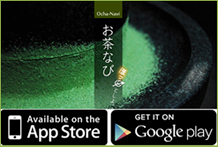HOME > Summary of Universal Value
Summary of Universal Value
The tradition of green tea production and history of its innovation
Largely contributes to the formation of tea drinking culture in Japan.
Since green tea was introduced from China to Japan, Yamashiro area of the southern Kyoto made unique innovation in cultivating, production, and processing, and evolved green tea. As a result, they created tea that represents present Japanese tea such as “maccha”, “sencha”, and “gyokuro”. Also by producing “maccha”, “sencha”, and “gyokuro”, they contributed the formation of green tea drinking culture.
“The Landscapes of Uji-cha tea production” includes land usage and facilities related to cultivation, production, and distribution as well as all elements composing the historical changes and variations of Uji-cha tea production and it inherits all elements interrelated to one another and continuing until today.
Birth of Maccha
By the late 12th century, “tencha-ho method” where they pour hot water on “maccha” grown with Roji cultivation was introduced from China to Japan and by the mid-14th century, Uji accepted it and start producing tea. In Uji, unique method unseen in the world “Ohishita-chaen” where whole tea field is covered by reeds or straws to reduce the light was started.
Also, they used high quality organic nitrogen fertilizer from abundant rape oil, koji, dried sardines, and manure from Kyoto. Because of this, unlike “maccha” grown in Roji cultivation with strong bitterness, unique Japanese “maccha” with bright green color and strong flavor from Ohishita cultivation was created.
Uji tea farmers who produced and sold Uji-cha tea did blend called Gogumi, and create tea that is favored by Uji-chashi in Kyoto and other places.
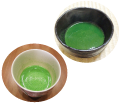
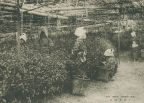
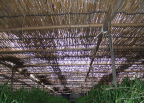

Birth of Sencha
In mid-17th century, Encha-ho method, steeping tea leaves in hot waterto drink its essence, was passed down from Ingen who opened Manpukuji in Uji. In the 18th century tea farmers mainly in Ujitawara Yuyadani started Uji production method where steamed new tea leaves are knead and dried over drier. It createed “sencha” which had better color, scent, and flavor and was unique in Japan. This Uji production method was spread all over Japan from producers in Ujitawara and Uji, and is still the basic method for producing “sencha” today.
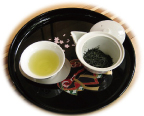
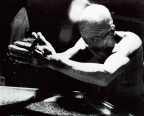
Birth of Gyokuro
In the early 19th century, Ohishita cultivation and Uji production method connected in Uji and “gyokuro”, which was the best of tea production method in Uji-cha tea, was created. From the 18th century and the 19th century when Bunjincha using“sencha” was popular among writers and artists in Kyoto, “sencha” and “gyokuro” made with Uji production method was used actively. For “sencha” and “gyokuro”, since it is originally a processed farm produce, blend technique by tea merchants were developed in order to maintain a certain quality and flavor of various tea.
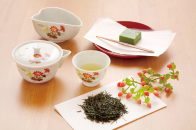
Landscapes of Japanese Tea Production and Characteristic Land Use
Uji City Area
Cultural scenery that express the history of Uji-cha tea in the local culture formed based on Ujigawa River
In this area, tea has been grown since Kamakura period. In the late 16th century, Ohishita cultivation was developed and traditional Ohishita-chaen with reed and cheesecloth is operated in the area with sandy soil of Shirakawa. In Nakauji, townscape with houses of Uji-chashi who dominated the production and sales of high quality tea such as maccha and tea wholesalers is still there.
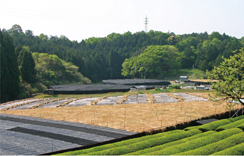
shirakawa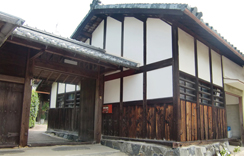
shirakawa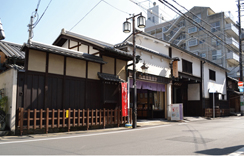
nakauji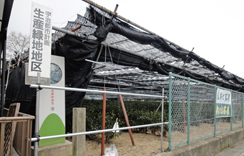
nakauji
Joyo City Area
Cultural scenery that has many tea factory buildings in villages near the river, and where the nature (river), livelihood, and life are closely related
Currently, Joyo City is known as a production area of “tencha (maccha)”. After the 19th century, Ohishita cultivation was expanded to the riverbed of Kizugawa River, and this area is the typical example. The tea produced in Ohishita-chaen using traditional reed and cheesecloth on a flat sandy ground is unique with deep green color like pine.
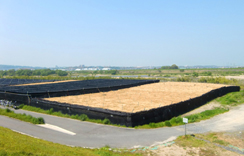
kouzuya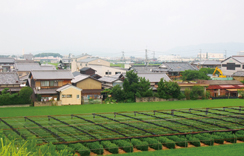
kouzuya
Yawata City Area
It has unique cultural scenery with Ohishita-chaen with cheesecloth on the riverbed of River and low water corssing.
Tea fields are spread along Kizugawa River that runs between Yawata City and Joyo City. Kizugawa riverbed has sandy ground which is optimal for growing tencha, the ingredient of maccha, so it has been spread around Oguraike for a long time. Yawata City mainly grows tencha, and Ohishita-chaen spread around low water crossing of Kozuya, Nojiri, and Iwata area expresses the scenery of tencha cultivation well.
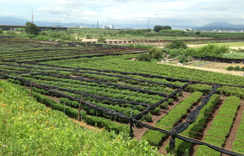
Kozuya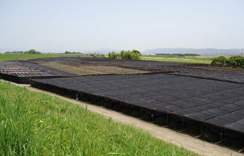
Kozuya
Kyotanabe City Area
On the top of the hill, there is a ancient tomb that represents Yamashiro area of southern Kyoto. Althouth it is small scaled, it is clearly a cultural scenery with unique elements in the aspect of nature, history, and livelihood.
It is known as a production area of gyokuro. There is a Village located on the hill on the left bench of Kizugawa River. Around the hill, rice fields and fields are located on the low ground, and a village and Ohishita cultivation tea field is located on the hill as well as bamboo forest. In the village, there are tea factory buildings. It shows a good land use with different geography such as river, flat ground and hill.
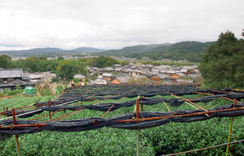
Iioka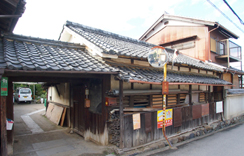
Iioka
Ujitawara City Area
Cultural scenery that utilizes the natural condition as well as unique characteristics of production and distribution.
This area is the core of the history of sencha production of Uji-cha tea.Okuyamada and Yuyadani are villages located on the valley of the north base of Jubusan Mountain. It is said that tea cultivation was started in early Kamakura Period in Oku-yamada Ohfukudani. In Yuyadani, Soen Nagatani developed Aosei Sencha Seiho. Soen expanded the market to Edo. So, although it is in the deep valley, villages with not only tea farmers, but also tea wholesalers were developed. Tea field started with the original form of tea fiald scenery developed by the rice field along the valley. After the war, large scale Yamanari-chaen was developed in Ohfuku, where high quality sencha with great scent is produced using the climate with large difference in high and low temperature.
Gonokuchi is a tea wholesalers district developed on the connection of ground transport and water transport. Many tea wholesalers with townhouse style houses with narrow front gate built after Meiji Period are located here.
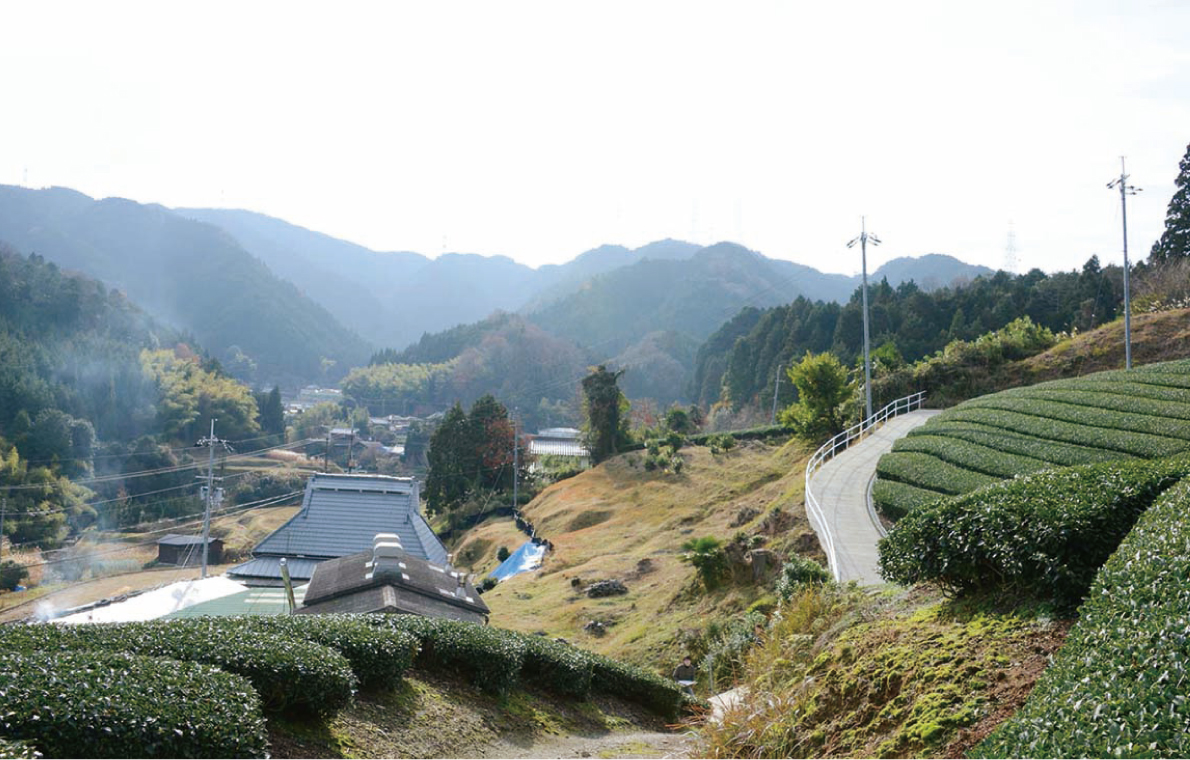
Oku-yamada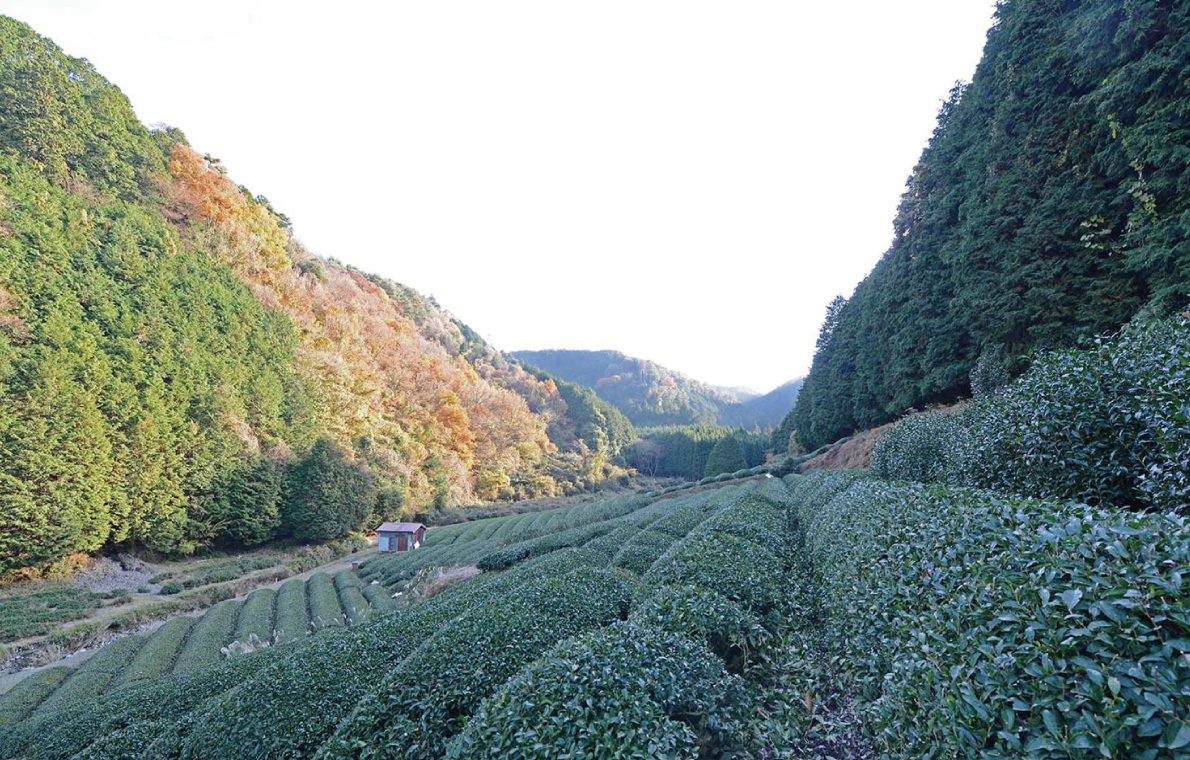
Yuyadani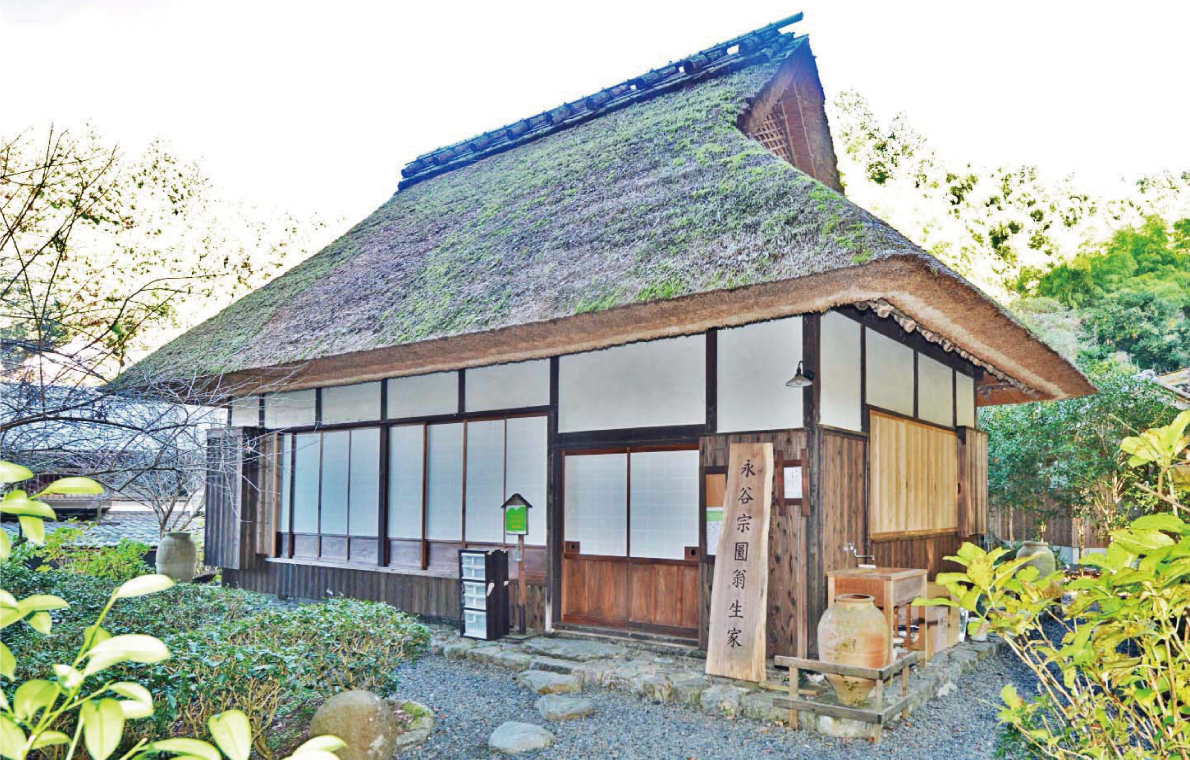
Yuyadani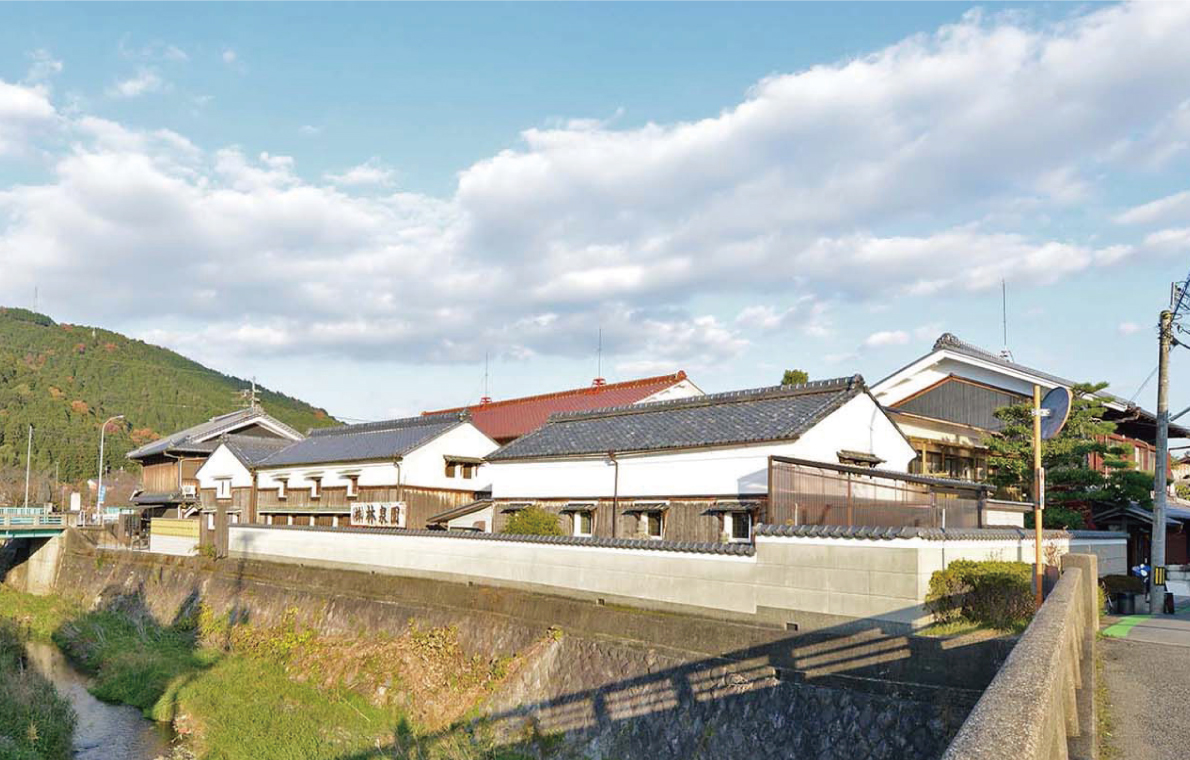
Gonokuchi
Wazuka CityArea
・Great cultural scenery with village and tea field
・This area has traditional houses and tea factory and show characteristics of Uji-cha tea production village. This area represents the production village of Uji-cha tea.
They produces the most tea leaves in Kyoto now and is a tea production area that represents Kyoto. It is said that it started from cultivation of tea on the base of Jubusan Mountain in Kamakura Period. The record of opening tea field in Harayama in the late 16th century was found and Uji production method was introduced in Harayama 10 years after it was developed so it has been a sencha production area for a long time. After the Meiji Period, it developed into a large production area by opening the field on the hillside of the mountain behind the village.
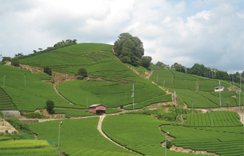
Ishitera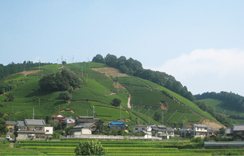
Kamatsuka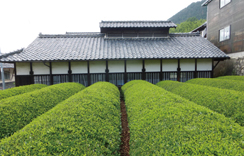
Harayama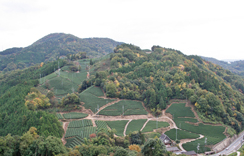
Erihara
In Yufune, tea factory has unique interior and building composition with living area on the second floor. It is large scale and is on the important position in the village scenery. Furthermore, in addition to tea factory, bathroom, toilet, and well roof which are essential in farm work is located around the house, makingthe village scenery unique.
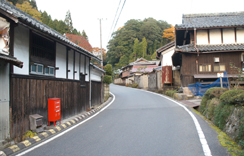
Yufune
Yufune
Minamiyamashiro Village area
Cultural scenery with Uji-cha tea production after Meiji Period and unique local culture
With the background of Kizugawa River water transport, this production area expanded the tea field gradually by taking the opportunity of exportation of sencha from the end of Edo Period. In Tayama and Takao, the scenery of tea fields with their vertical ridges stands out. Tea fields opened on the mild slope of the mountain. The vertical ridges waving through the field makes unique scenery among Uji-cha tea production. Vertical ridges are suitable for using riding picking machine so both the rationalization for the production and traditional scenery can be seen in this scenery.
Also, Dousenbou is a village that was opened on the flat ground between mountains with the elevation of 500m. This has simple scenery with rice field and tea field along the mountain.
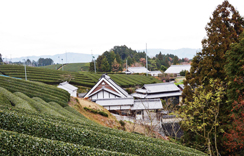
Takao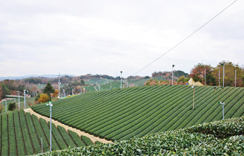
Takao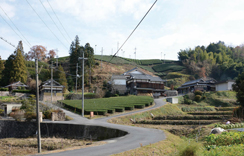
Tayama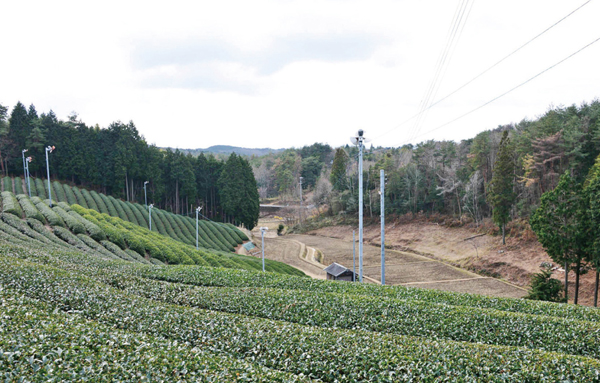
Dosenbo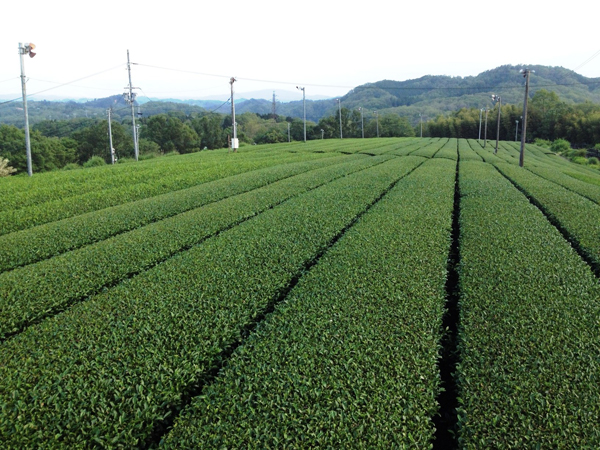
Imayama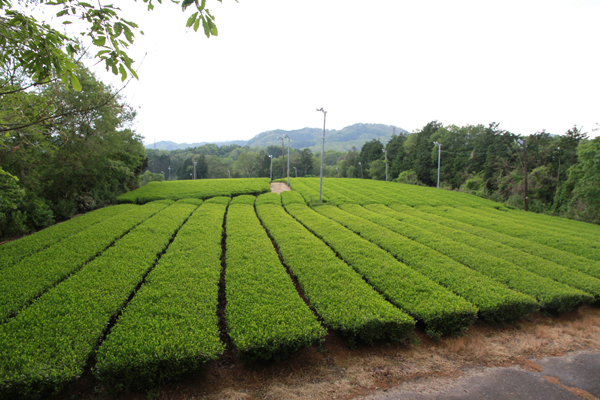
Imayama
Kizukawa City Area
Cultural scenery that has characteristic elements in nature, history, and livelihood
There is townscape with tea wholesalers using the geographical advantage with the connection of Kizugawa River water transport. Houses that used to be cotton merchants switched over to be tea merchants because of the expansion of sencha at the end of Edo period. The townscape has a street of tea merchants with wide front gate toward Nara Kaido. The building of tea merchants now ranges from the end of Edo period to Taisho and early Showa Period when the domestic market was the main. They have Nagaya-mon gate utilizing the wide front gate and have rational arrangemet with center garden surrounded by tea factories and the main building which is unique in tea wholesalers developed after Meiji Period.
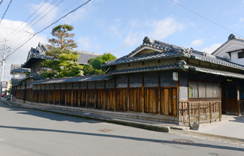
Kamikoma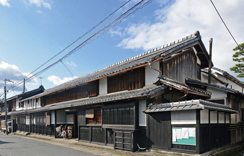
Kamikoma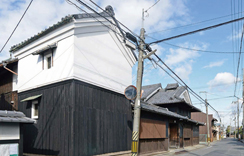
Kamikoma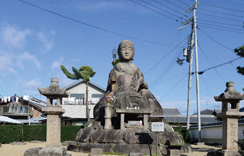
Kamikoma

